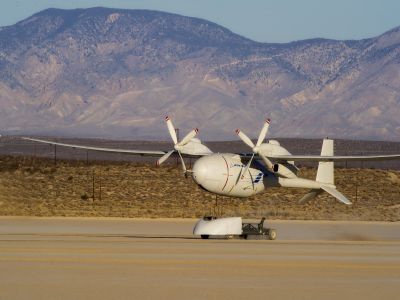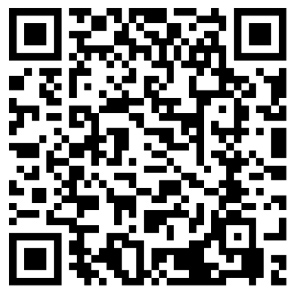
Unmanned Aerial Systems (UAS) will continue to be one of the most dynamic growth sectors of the world aerospace industry this decade, with procurement spending increasing from $10.6 billion a year in 2021 to $13 billion in 20130, report Teal Group analysts in their latest market analysis.
Teal Group’s 2021/2022 market study estimates that military UAS procurement spending will increase from the current worldwide level of almost $10.6 billion annually in 2021 to $13 billion in 2030, totalling $123.1 billion over the next ten years. Military UAS research spending would add another $64.5 billion over the decade.
Senior analyst Steve Zaloga notes that “The global military drone market remains dominated by the United States and Israel. But new players such China and Turkey are challenging the United States in its traditional markets in the Mid-East. Their drones enjoy a price advantage and are sold without Washington’s intrusive requirements.”
“The Teal Group study predicts that the US will account for 80% of total military worldwide RDT&E spending on UAS technology over the next decade and nearly 40% of military procurement,” said Zaloga. Much of the US RDT&E is intended to develop the next generation of systems that can survive in contested airspace.
The 2021-2022 study also provides forecasts for a wide range of UAV payloads, including Electro-Optical/Infrared Sensors (EO/IR), Synthetic Aperture Radars (SARs), SIGINT and Electronic Attack (EA) Systems, and C4I Systems. The sensors markets in this report are forecast to grow in overall value from $5.3 billion in FY21 to $9 billion in FY30, worth $74 billion in total (combined RDT&E and Procurement). Now fully recovered from a funding downturn late last decade as several legacy endurance UAV sensor programs ended, Teal Group forecasts steady growth in the UAV EO/IR market – still the “default UAV sensor” and the largest UAV sensor market – rising from $1.7 billion in FY21 to $2.7 billion in FY30.
For most sensor types, the largest market will be for stealthy classified UCAVs (Unmanned Combat Aerial Vehicles), to be worth $5.25 billion for EO/IR alone, while the highest growth rates will be for small UAVs, from low funding levels today and with few programs of record in unclassified DoD documents. Teal Group forecasts development and production of increasingly sophisticated sensors for smaller tactical and mini/nano-UAVs, with a continuing “trickle down” of large-UAV sensor capabilities to small UAVs.
This study breaks out billions of dollars of estimated classified spending and future follow-on sensor programs with annual forecasts. Dr. David L. Rockwell, Teal Group’s lead electronics analyst, states “it is important to forecast these programs as they make up an increasing share of the available market, even though they are in no public DoD documents and are not monetized in any online sources.” He notes that “speculative ‘available’ forecasts – totalling almost $38 billion for sensors through FY30 – are intended to give early warning of programmes that are not yet in DoD budgets or even under public discussion.”
The 2021-2022 study also includes UAS Company Profiles that reflect the possible shakeup of leadership in the industry as multiple next generation systems are developed,” said Tom Zoretich, Teal Group’s Director of Corporate Analysis. “While new players are emerging, the larger, established companies are pursuing acquisitions and industry consolidation.”






